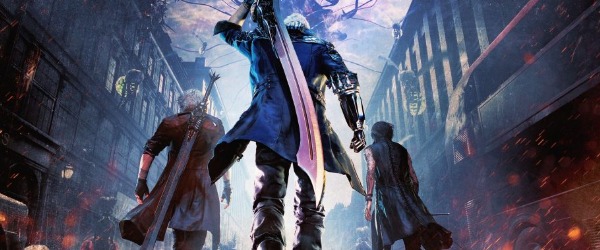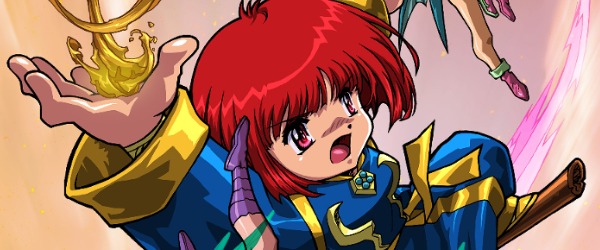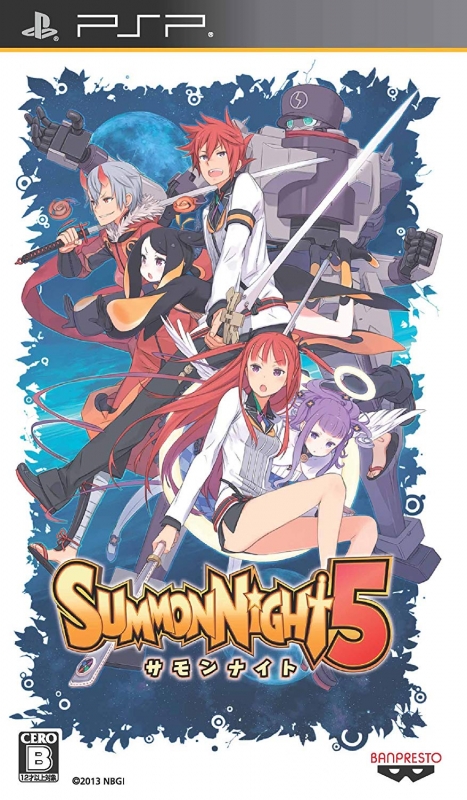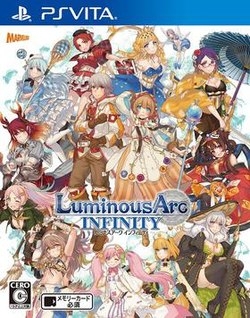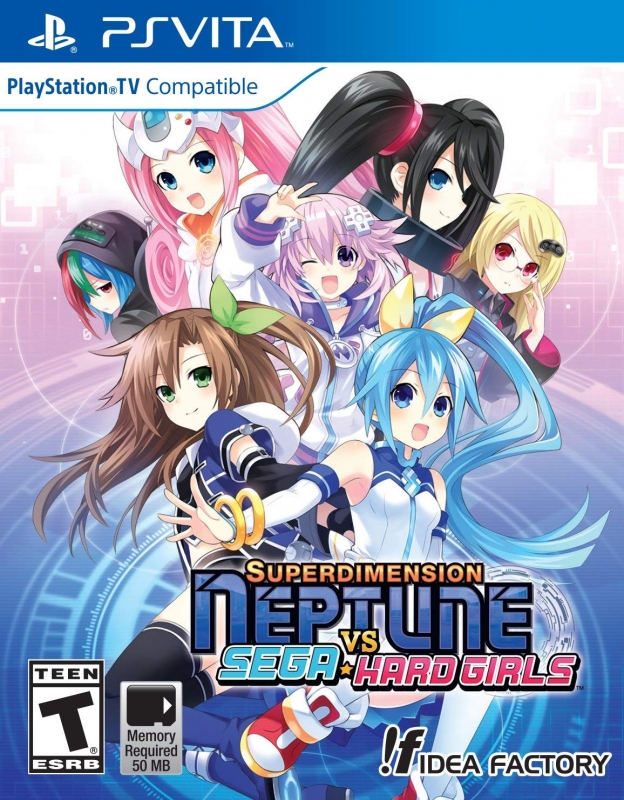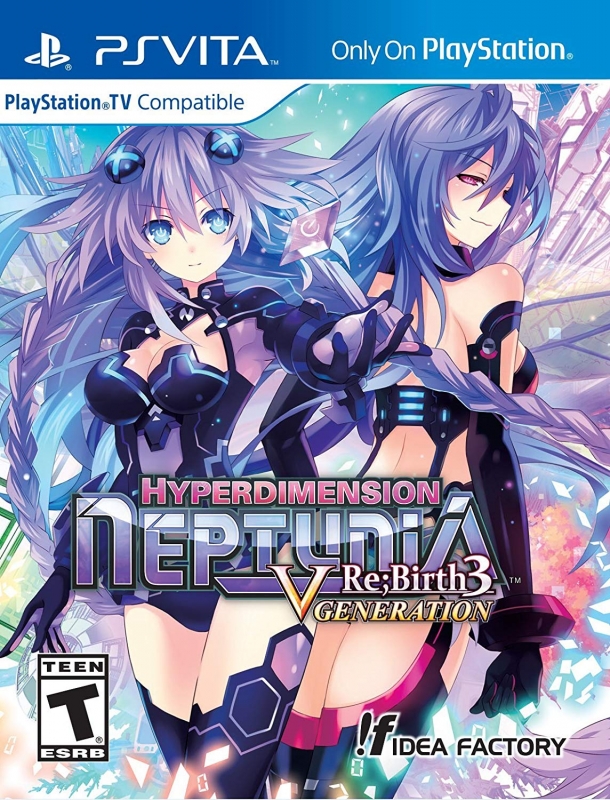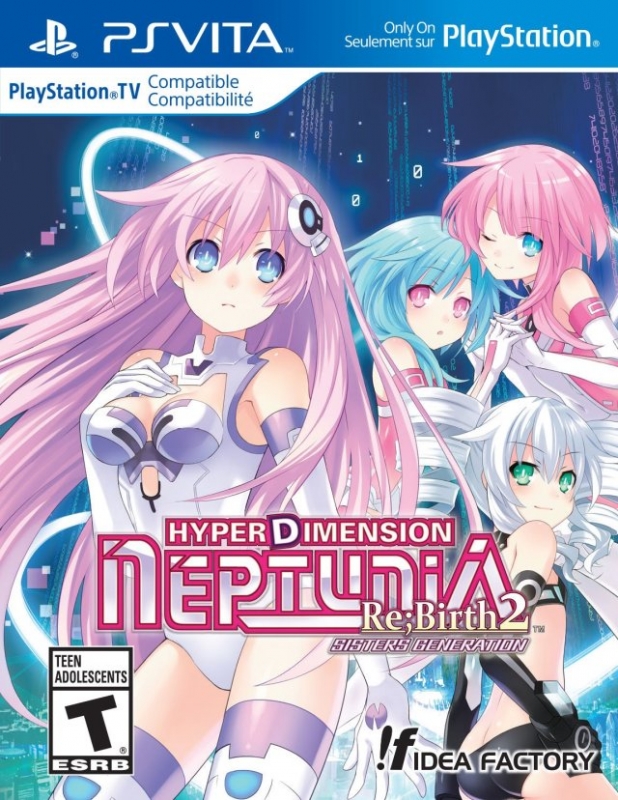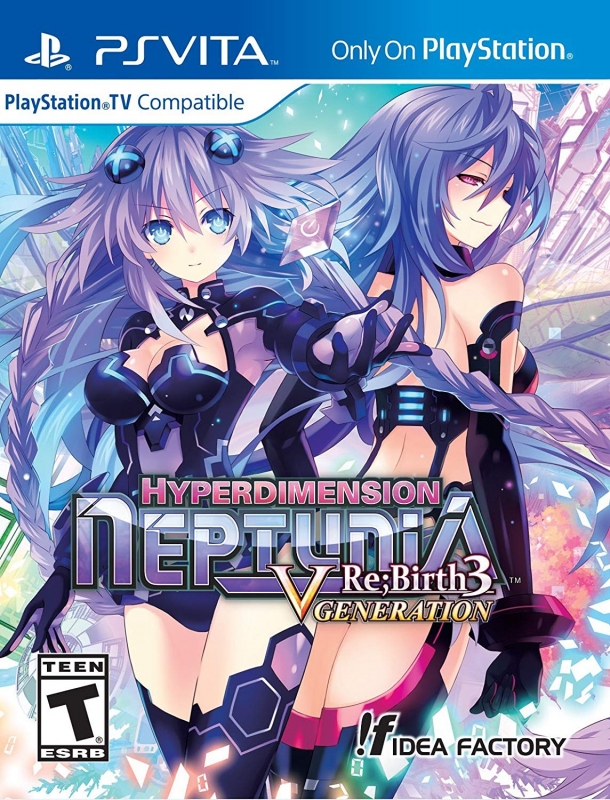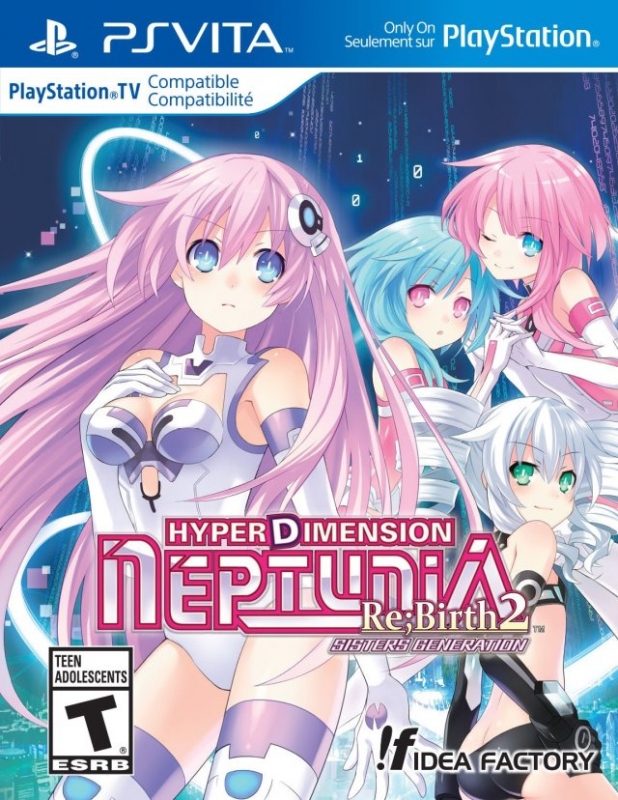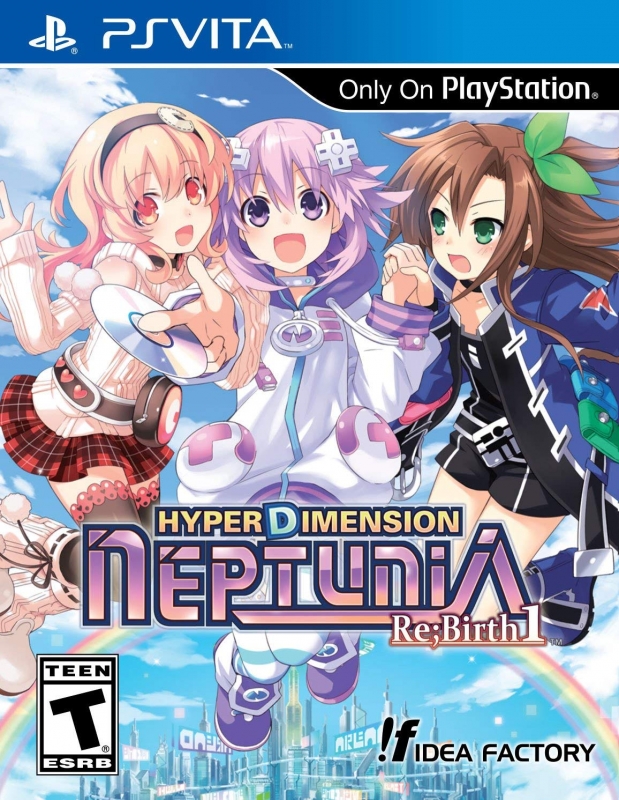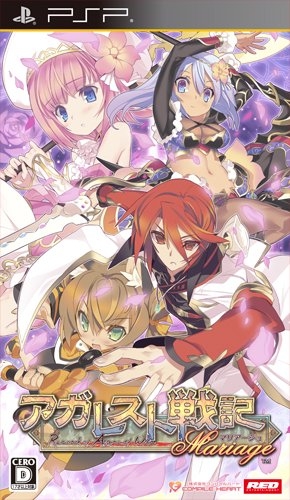
A Look Back at Felistella's Games for PlayStation Vita - Article
by Adam Cartwright , posted on 11 August 2019 / 3,429 ViewsThis is the fourth entry in a series of articles I’m writing that look at the output of a number of Vita-supporting developers from launch through to the present day. I’ll be examining their history in the games industry, the games they released on Vita, how those titles performed, what games they could have released but didn't, and finally I'll provide an overall conclusion on their Vita support.
There aren't many developers out there that can really say they got their start on PlayStation handhelds, but Felistella is one such example. Formed from the remnants of Flight-Plan (the company responsible for the Summon Night franchise), the team quickly formed a number of strategic partnerships that would benefit them for years to come. The most fruitful of these (with Compile Heart) gave Felistella plenty of opportunity to work on Vita, making it one of the most experienced developers on the handheld – and a perfect candidate for these articles.
History – Remnants of Flight-Plan
Felistella was formed by former Flight-Plan employees, so it’s unsurprising to see that they carried on their former company’s legacy with their initial project, which involved bringing Summon Night to a whole new generation of gamers.
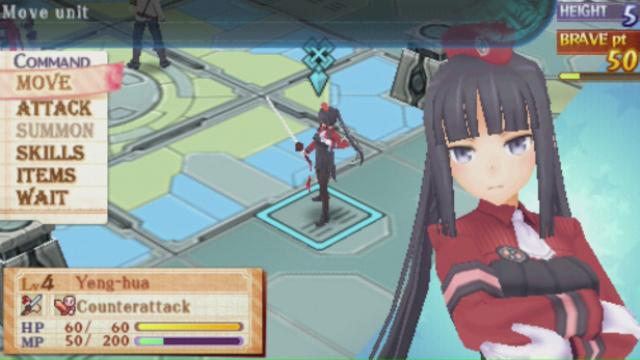
Summon Night is a long-running series of tactical RPGs that first appeared on the PS1, before expanding to PS2, GBA and DS. It was Flight-Plan’s main output (other than the short-lived Black/Matrix franchise) and the team had been working on porting the older games to DS (namely the first two entries) before the company's closure. Banpresto, the series’ publisher, was purchased by Bandai-Namco, and along with it the Summon Night IP. This prompted a shift in focus away from the DS to the PSP, which was experiencing an impressive end-of-life sales popularity thanks to Monster Hunter. That's where the newest entry – Summon Night 5 – would be released.
So not only was Felistella hired to develop Summon Night 5 (which eventually found its way overseas thanks to the incredible efforts of Vic Ireland and Gaijinworks, who released it as one of the last titles available on the PSP in the west, with a UMD physical release and Vita-compatible digital release to boot), but it was also contracted to work on ports of Summon Night 3 and Summon Night 4 for PSP, helping the team to reacquaint themselves with the IP with their first few projects. Amusingly, a brand new Vita-native entry did release many years later – Summon Night 6 – but this was developed by Wild ARMs creators Media.Vision in a rather bizarre switcheroo.
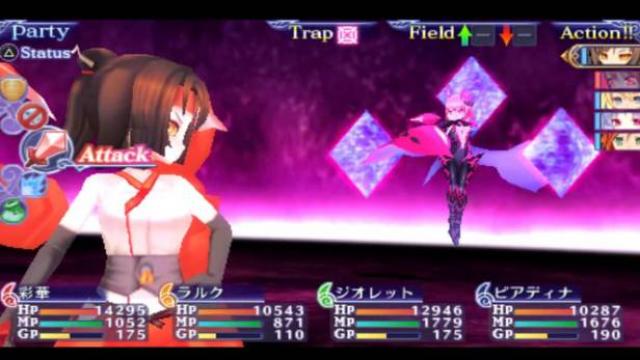
The other project the company worked on in the early days marked the first of many with Compile Heart – Record of Agarest War: Marriage, a handheld spin-off to the successful tactical-RPG series. It was a moderate seller and did eventually hit western shores in a PC-only release, where it was mostly panned for poor balance and mechanics.
The Neptunia Years
After finishing work on PSP, Felistella moved on to Vita development, taking on a series that would become its bread and butter going forward for a number of years.
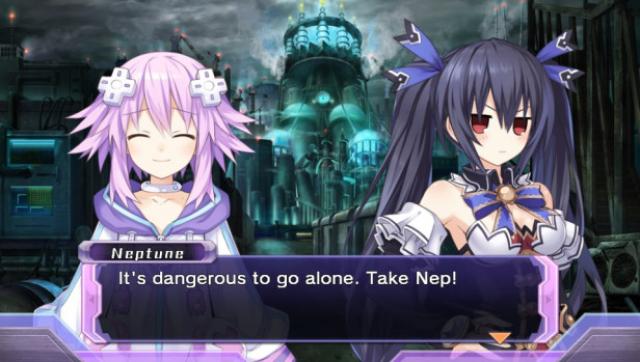
Compile Heart had created a franchise called Hyperdimension Neptunia that re-imagined the console wars as a war between goddesses. It was commercially successful despite being critically panned, so was clearly something Compile Heart wanted to persevere with (it has since become the publisher's flagship series), and Felistella was hired to remake the very first entry for Vita, tidying up some of the more unwieldy gameplay elements and making it more accessible for newcomers.
It worked incredibly well, as Hyperdimension Neptunia Re;birth 1 went on to become the highest selling entry in Japan up until that point, clearing more than 60k copies. It also received surprisingly positive reviews in the west (I very much enjoyed it and felt it was a great fit for Vita), where it also flourished in sales thanks to a Steam port. Felistella would go on to work on two more mainline entries – Re;birth 2 and 3, which were more like direct ports of MK2 and Victory, respectively, but little tweaks ensured that fans returned to double-dip.
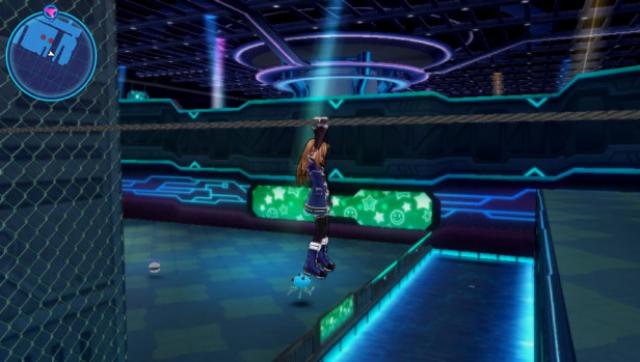
With all this success under its belt, Compile Heart gave Felistella free reign to work on a brand new entry in the franchise for its next project. The team chose to do a crossover with the SEGA Hard Girls (personified versions of SEGA consoles, much like Neptune herself) in Superdimension Neptune. The game made some interesting gameplay changes but kept the core formula in tact and again proved to be a relative critical success, although sales were notably down in Japan (around 26k) as series fatigue had begun to set in.
Other Projects and Future Direction
Now well established in the Japanese developer market, Felistella continued to work on a variety of different projects, although following the 2015 purchase of some of its stock by Idea Factory, the company essentially became tied to the publisher for the foreseeable future.
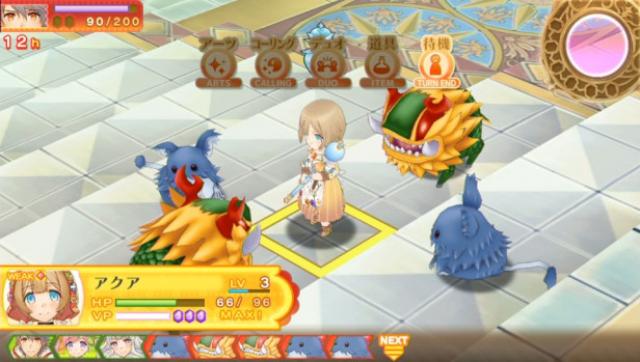
Still, Felistella had one last external game to work on. In collaboration with Marvelous, the company released Luminous Arc Infinity on Vita in 2015, a tactical RPG that sadly never hit western shores. Just as Summon Night had been handed to someone else, Luminous Arc was originally created by Imageepoch which, at the time, was working on a very similar title for 3DS (Stella Glow), but the company went bankrupt soon after. The reception to Infinity wasn’t particularly positive (it was seen as a step back from its predecessors) and it didn’t set the sales charts alight in Japan either, meaning the franchise went dormant again rather quickly.
Still, Felistella was too busy working on Compile Heart projects to particularly care about this. Aside from Superdimension, the team was also handed the keys to the lewd dungeon-crawling Genkai Tokki franchise, where they created the latest entry entitled Seven Pirates. The developer's skills proved to be a good fit, although again sales weren’t where they should have been, meaning that the game signalled the franchise's final release on Sony’s handheld (due to its questionable content it also never released overseas).
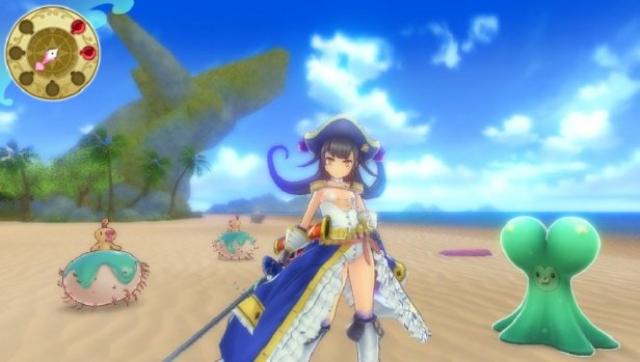
Felistella would take another stab at the Genkai Tokki series on PS4, with Castle Panzers, but given this sold even worse than Seven Pirates it seems that this particular avenue of work has dried up for now. Still, the company has landed on its feet, leading development on a PS4 version of the mobile hit Azur Wave, which looks to be the company's biggest selling title yet (based on pre-release hype), ensuring it'll survive just fine in a post-Vita world. While these are both games that likely would have landed on Vita in another era, publisher Compile Heart had begun to move on from the console by 2017, meaning it likely wasn’t Felistella’s decision to skip the hardware.
Conclusion
A shining example of a PlayStation Vita success story, Felistella worked solidly on the console for three years to score a number of big successes and – most importantly – a partnership with a publisher that looks to be paying dividends well into the future. Aside from this, the games the company released make enjoyable additions to the handheld’s library (I’m counting the PSP title Summon Night 5 here), meaning I’m glad that those ex Flight-Plan employees formed the company when they did.
For once, I don’t have much to say in terms of missed opportunities either – there’s basically very little else that Felistella could have brought to Vita but didn’t, given that it formed the bulk of its workload, although perhaps Agarest Marriage should have been on Vita rather than PSP and Castle Panzers could have been multi-platform. Still, Felistella perfectly demonstrates that burning brightly then going out with a bang (if we count Superdimension as its final western title) made the company a key part of the Vita’s life and it's a developer I’m going to keep an eye on well into the future.









